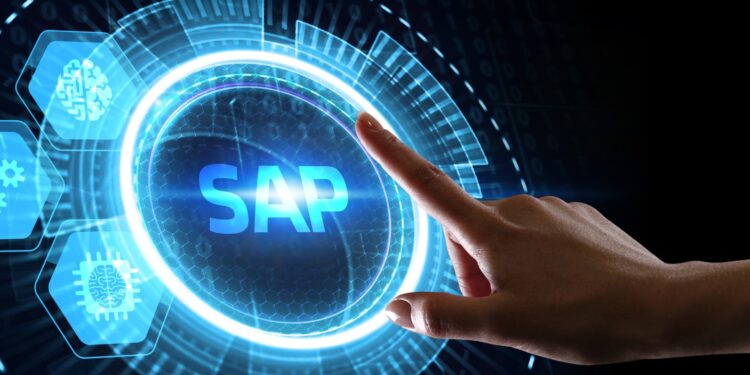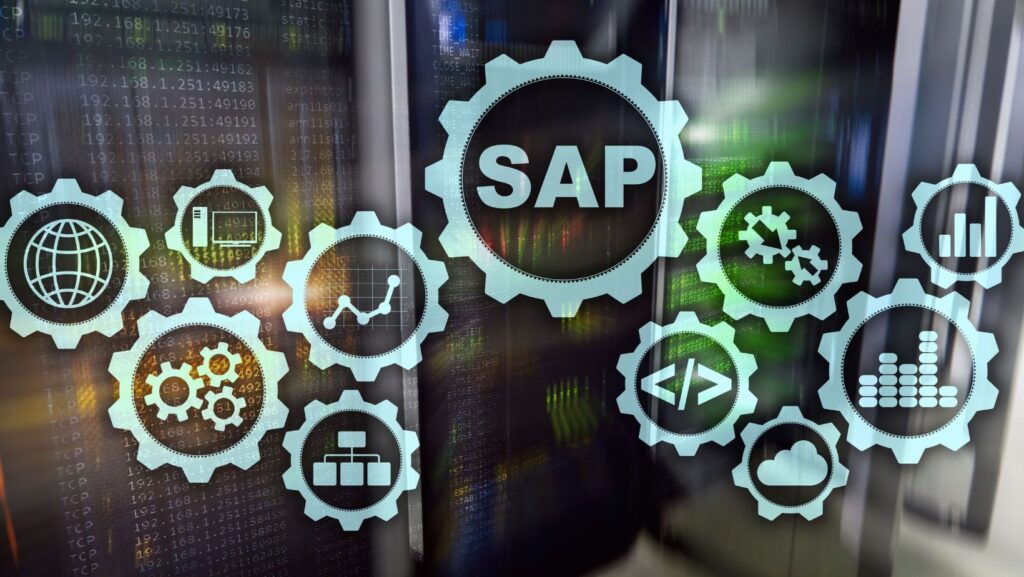Superior consumer experience, custom-tailored offers, and fast adaptation to the ever-changing business environment drive sales and open up new business prospects. The SAP suite of innovative solutions for enterprises gains momentum as many businessmen realize that going digital is the highroad to success.
Known as ERP software, popular SAP ECC solutions have helped enterprises operating in various niches to scale up performance and upgrade customer service. A few years ago SAP launched SAP S/4HANA – the newest ERP instrument. What features were added? What differs S/4HANA from ECC? Below we will discuss the main features, similarities & dissimilarities of these software varieties.
What Is SAP ECC?
SAP ERP Central Component, commonly recognized as ECC, is very flexible software designed for strategic planning and applicable to all sides of doing business, from HR to financial management. Complex modular configuration allows enterprises to select and adjust the elements they need to address niche-specific demands and regulations.
Enterprises can select modules and custom-tailor them to fit the available IT infrastructure. Additionally, SAP ECC can be integrated with various non-SAP applications.
What Is SAP HANA?
SAP High-performance ANalytic Appliance (HANA) represents a dedicated in-memory database that can process transactions alongside analytics. Faster than other management systems, SAP HANA blends analytical & transactional functionality in a single system.
In fact, HANA offers much more than a database server — data integration, advanced search, reporting, and advanced analytics make an impressive suite of capabilities for data management.
What Is SAP S/4HANA?
S/4HANA represents the new generation of SAP’s ERP that can be hosted on-premises and/or in the cloud. AI and ML-powered, the 4th generation of the SAP Business Suite is capable of on-the-fly treatment of huge information volumes considerably improving both speed and productivity of business operations.
- Real-time data analysis delivers high-value insights for further decision-making.
- The software has built-in security features
The single in-memory database ensures faster analysis and treatment of huge data volumes. Compatibility only with the HANA database might be the biggest drawback of S/4HANA — third-party databases used in ECC aren’t supported.
ECC vs. S4/HANA: Similarities and Differences
SAP has significantly modified the functionality of its newest ERP product across multiple specifications. The comparison chart below illustrates the most notable modifications.
| SAP ECC | SAP S/4HANA |
| The Universal Journal | |
| ECC system comprised several index & aggregate charts. | FI, CO, AA, CO-PA, ML data modules are united into the Universal Journal (ACDOCA), a single-line item chart, which simplifies and speeds up data entry. |
| HANA Database | |
| 3rd-party database compliance | Runs only on the HANA Database.
|
| CO and FI Merger | |
| General ledger accounts (FI) are translated to primary cost elements (CO). | General ledger and cost elements occupy one field in the ACDOCA, the Universal Journal. |
| Material number | |
| 18 characters | 40 characters |
| Material Ledger | |
| Optional | Compulsory |
| Business Partners complex | |
| Optional | All client and vendor masters should be integrated into the Business partners — this is an essential requirement for S/4HANA |
| Advanced Planning Optimizer | |
|
PPDS and GATP are integrated into the S/4HANA Core |
| Global Trade services | |
| Foreign trade capabilities, including:
· Manual Embargo Checking · Manual License Check |
The Global trade services functionality includes:
· Sanctioned Party List – SPL · Automated Embargo Checking · Automated License Check · Automated export & import documentation |
| Output Management | |
| NAST table | Business Rule Framework Plus – BRF+ |
| Warehouse Management | |
| Warehouse management module (WM) | Extended Warehouse Management (EWM):
· Automated comprehensive storage control · Enhanced RF functions · Labor management · Additional functions, such as replenishment, kitting, etc. |
As SAP positions S/4HANA as its flagship product, you might be wondering about the benefits it offers. Actually, it indeed provides a set of features that create a totally different business environment:
- Back-office operations are streamlined as the data is processed on-the-fly and stored in a single database.
- Live data processing & analytics deliver real-time reports for improved planning
- Analysis of extended data volumes by AI-powered technology allows making better marketing decisions
- Simplified overall IT architecture
- Improved data accessibility
- Enhanced revenue perspectives due to optimized business procedures and improved analytical capabilities
How to Find the Right SAP ERP Solution for Business?
Business owners who think about transitioning to SAP might consider SAP ERP, ECC or S/4HANA. If your company has SAP ECC and you plan to shift to the new version, you need to discuss plans with providers because flexible software structure means multi-level component interactions — minor changes in a single component affect other modules. Thus, you need professional guidance to ensure a seamless upgrade to the newer version.
Migrate to SAP with CLARITY to get a single solution for one-time and subscription-based purchases to accelerate a time-to-market process. As an SAP expert partner, the CLARITY team delivers tailored solutions that can be seamlessly integrated into your company’s IT ecosystem and offers comprehensive training for employees. Guided by pros, you can open up the full potential of SAP products.
















































































































